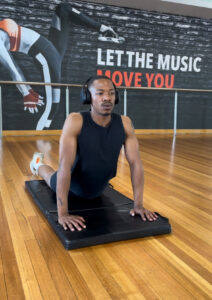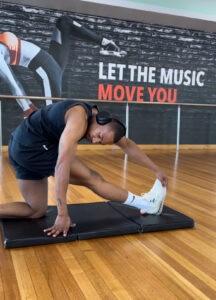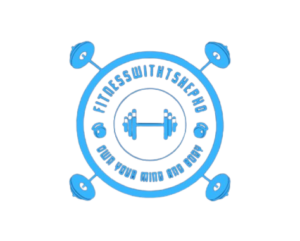Have you ever thought about why stretching is so important? Whether youre into fitness or not, stretching has a benefit for everyone! According Wikipedia, “Stretching is a form of physical exercise in which a specific muscle or tendon (or muscle group) is deliberately expanded and flexed in order to improve the muscle’s felt elasticity and achieve comfortable muscle tone. ”https://en.wikipedia.org/wiki/Stretching
Simply put, stretching is typically involves holding a muscle in a lengthened position for a period of time.
Did you know that stretching keeps muscles healthy, strong, flexible to keep the range of motion in the joints healthy and also decreasing the risk of injury? Well, if you did not know I am here to help you. Stretching has the power to lengthen your muscles, lift more weights as well as decrease the Delayed Onset of Muscle Soreness (DOMS) which thus results in stronger muscles and faster muscle growth.
Now that we have an idea of what stretching is and its benefits, lets get into the two types of stretching namely Dynamic and Static stretching.
Dynamic Stretching
Dynamic stretching involves active movements where joints and muscles go through a full range of motion. Each stretch is typically held for 2-5 seconds and repeated several times.
Benefits:
According to the American Council on Exercise, “Dynamic stretching involves controlled movements that increase range of motion, improve muscular performance, and enhance flexibility” [ACE on Dynamic Stretching] https://www.acefitness.org/education-and-resources/lifestyle/blog/6590/dynamic-stretching-warm-up-for-more-power/
This makes it an ideal warm-up routine before engaging in physical activities.
Amongst others it:
– Prepares muscles and joints for physical activity.
– Increases blood flow and muscle temperature.
– Reduces the risk of injuries by activating the muscles to be used in the workout.
Examples:
Leg swings, arm circles, walking lunges, high knees.
Static Stretching
Static stretching involves holding a stretch in a challenging but comfortable position for a period of time, typically 15 to 60 seconds.
Benefits:
The Mayo Clinic notes, “Static stretching can help improve flexibility and reduce the risk of injury when done after a workout when muscles are warm and pliable” [Mayo Clinic on Static Stretching]. https://www.mayoclinic.org/healthy-lifestyle/fitness/in-depth/stretching/art-20047931
– Increases flexibility and range of motion.
– Helps in muscle relaxation and stress reduction.
– Beneficial for cool-down to reduce muscle stiffness post-exercise.
Examples:
Hamstring stretch, quadriceps stretch, calf stretch.
Incorporating static stretches post-workout can aid in muscle recovery and relaxation.
Dynamic vs. Static Stretching: Which is Better?
Purpose & Timing
- Dynamic Stretching: Ideal for pre-workout or as a warm-up to activate muscles, increase heart rate, and enhance athletic performance.
- Static Stretching: Better for post-workout or during cool-down to relax muscles and improve overall flexibility.
Effectiveness
- Studies suggest that dynamic stretching can improve power and performance in activities like sprinting and jumping.
- Static stretching, if done before intense activities, can sometimes reduce muscle strength and power temporarily
Safety
Dynamic stretching should be done with controlled movements to avoid injury.
Static stretching should not be forced or held to the point of pain.
How and When to do each Stretch
Dynamic Stretching Routine
 Before Workouts: Use dynamic stretches as part of your warm-up routine, ideally lasting 5-10 minutes.
Before Workouts: Use dynamic stretches as part of your warm-up routine, ideally lasting 5-10 minutes.- Full-Body Activation: Include movements that mimic the exercises you will be performing. Ensure you cover all major muscle groups.
Controlled Movements: Keep movements smooth and controlled, gradually increasing the range of motion as you warm up.
Static Stretching Routine
- After Workouts: Incorporate static stretches as part of your cool-down routine. Focus on the major muscle groups used during your workout.
- Hold Each Stretch: Aim to hold each stretch for 15-60 seconds, and repeat 2-3 times for each muscle group.
- Breathe: Maintain deep, even breathing to help relax the muscles further.

In Conclusion
Dynamic stretching is best for warming up and preparing the body for physical activity, while static stretching is ideal for cooling down and improving flexibility.
I would encourage you to incorporate both types of stretching into your fitness routines for optimal performance and injury prevention.


